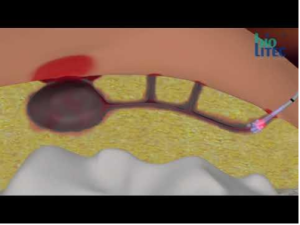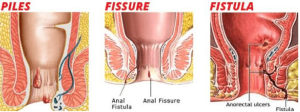
Haemorrhoids or Piles are enlarged veins located at the junction of the anus and rectum. The veins get enlarged due to excessive blood flow in arteries, which in turn causes the haemorrhoidal plexuses to dilate and get congested.
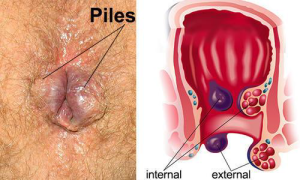
Anorectal Fissures
The lining of the anus can tear or crack when passing large or hard stools. The tear is called anal fissure and leads to pain and bleeding while passing stool.
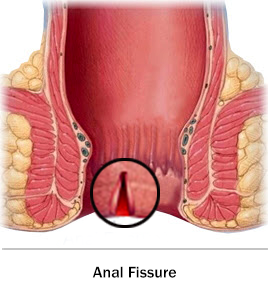
Anal Fistula
Anal fistulas are small, infected connections that form between the skin near the anus and end of the bowel. An anal fistula is mostly the result of contagion in an anal gland, which spreads to the skin.
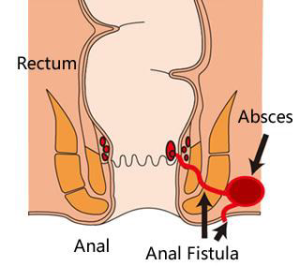
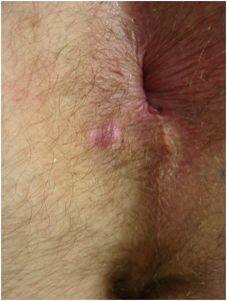 Pilonidal Cyst
Pilonidal Cyst
Pilonidal cysts are formed at the end of the tailbone and just above the sacrum when hair penetrates the skin. The cysts also contain skin debris. The body responds to the hair as a foreign substance and creates a sac around the hair. If the cyst and the overlying skin become infected, it can lead to a painful abscess.
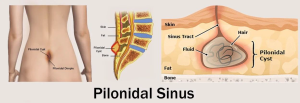
Symptoms of Anorectal Diseases
Many anorectal medical conditions go undiagnosed and remain untreated in adults because people feel shy or embarrassed to bring it to the notice of a doctor. This is especially true of women. The symptoms of anorectal conditions are noticeable, and should immediately be brought to the attention of a medical practitioner. Early diagnosis leads to lessening discomfort and faster treatment. Some of the symptoms are:
Ø Rectal pain and bleeding
Ø Pain, strain or bleeding while passing stool
Ø Inability to sit for long periods
Ø Spotting blood
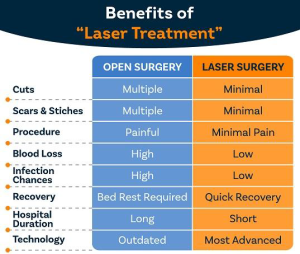

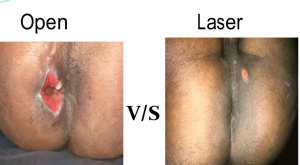 Laser surgery is an outpatient or day-care procedure, which offers many advantages over conventional surgery. For e.g. the laser technique not only treats haemorrhoids more effectively, but it also reduces postoperative pain. It also improves symptoms after surgeries,
Laser surgery is an outpatient or day-care procedure, which offers many advantages over conventional surgery. For e.g. the laser technique not only treats haemorrhoids more effectively, but it also reduces postoperative pain. It also improves symptoms after surgeries, 



 Pilonidal Cyst
Pilonidal Cyst 
